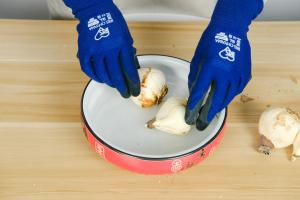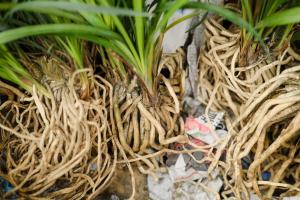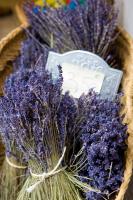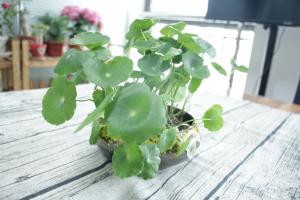The Most Critical Part of Getting Tomatoes off the Plants
Tomatoes are one of the most popular foods around the world. They are nutritionally rich and versatile in the kitchen, with a variety of different recipes and culinary applications. Growing tomatoes is also a popular pastime for many people, whether in large-scale farming operations or in backyard gardens. However, getting tomatoes off the plants can be a tricky business that requires careful attention and proper techniques. In this article, we will explore the most critical part of getting tomatoes off the plants to ensure that you get the best harvest possible.
Harvest Timing
The timing of your tomato harvest is a critical factor in determining the quality of your produce. Tomatoes should be picked when they are ripe and fully developed, but not overripe or underdeveloped. Overripe tomatoes are mushy and prone to spoilage, while underdeveloped tomatoes lack the full flavor and nutritional content of fully ripe ones. Therefore, it is essential to keep a close eye on your tomato plants and pick them regularly as soon as they are ready. You can tell when a tomato is ready to be harvested by its color, texture, and firmness. Ripe tomatoes are usually a deep, vibrant red color and firm to the touch.
Proper Techniques
Picking tomatoes off the plant requires some practice and finesse to avoid damaging the fruit or the plant itself. It is best to use a sharp knife or a pair of scissors to cut the stem of the tomato from the vine, rather than yanking it off with your hands. Yanking the fruit can damage the plant, and leave unwanted scars or bruises on the tomato that can compromise its quality. Additionally, it is best to pick tomatoes in the early morning or late evening when the temperature is cooler, and the plant is less stressed. This can help reduce the risk of damage to the plant and improve the overall quality of your harvest.
Storage and Preservation
After picking your tomatoes, it is essential to store them correctly to preserve their quality and freshness. Tomatoes are best stored at room temperature away from direct sunlight, which can overheat and spoil the fruit. Refrigeration can also damage the texture and flavor of your tomatoes, so it is best to avoid refrigerating them if possible. If you have a surplus of tomatoes, you can also consider preserving them through canning, freezing, or other methods to extend their shelf life and enjoy them all year round.
Conclusion
In conclusion, getting tomatoes off the plants is a critical part of the growing process that requires careful attention, proper timing, and techniques. By following the tips and guidelines outlined in this article, you can ensure that you get the best harvest possible and enjoy your homegrown tomatoes to their fullest potential. Whether you are a seasoned tomato grower or just starting out, remember that the right techniques and practices can make all the difference in the quality and quantity of your tomato harvest.

 how many times do yo...
how many times do yo... how many planted tre...
how many planted tre... how many pine trees ...
how many pine trees ... how many pecan trees...
how many pecan trees... how many plants comp...
how many plants comp... how many plants can ...
how many plants can ... how many plants and ...
how many plants and ... how many pepper plan...
how many pepper plan...






























